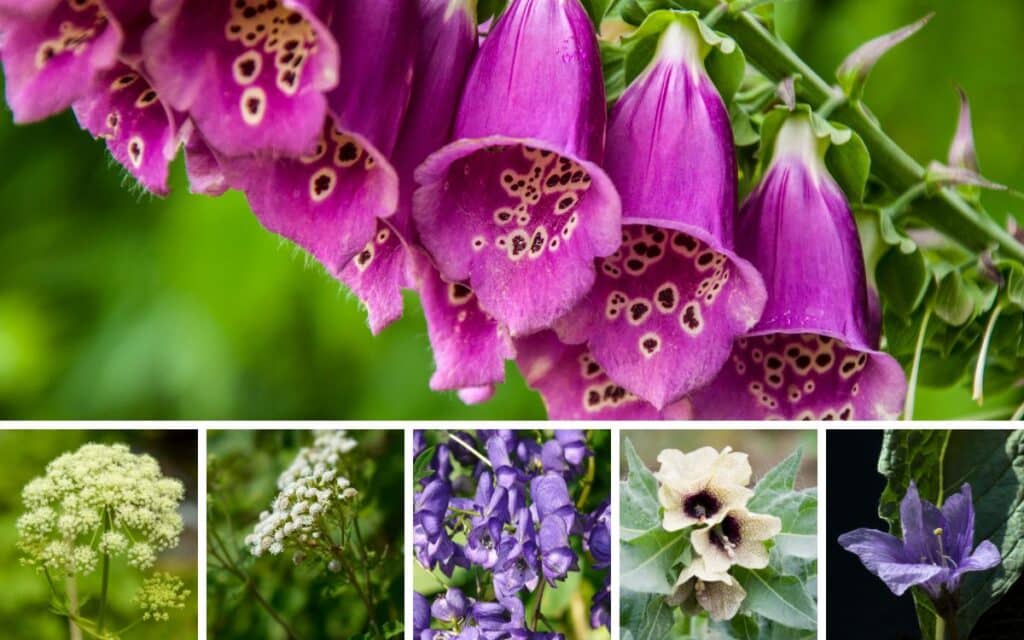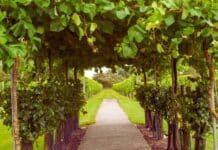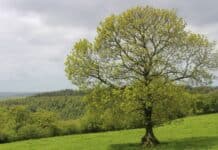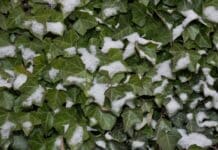Legends surrounding poisons have been a staple of British history for centuries. From sinister witches to deadly plants, here are 10 of the most notorious poisons that will make you sick to the stomach (and a lot worse!).

Please note that this article is for your reading enjoyment only. We do not condone or take responsibility for you consume or forcing anyone else to consume any of these highly-lethal ingredients! The article is to give you an understanding of these plants when you see them in old books and films.
Belladonna: The Deadly Nightshade
- Belladonna, also known as deadly nightshade, is one of the most infamous toxins in British folklore. The plant’s berries contain toxic alkaloids that can cause hallucinations, seizures and death.
- In the Middle Ages, belladonna was used in witchcraft to make flying ointments.
- Legend has it that witches would rub the ointment on their bodies, causing them to fly to the Sabbath and other dark gatherings. Belladonna also appears in the legend of Macbeth, where the three witches add the plant to their brew.
Hemlock: The Poison of Socrates
- Hemlock is a poisonous plant that has been used for centuries in British history as a deadly toxin.
- It was famously used to execute the philosopher Socrates in ancient Greece.
- In British folklore, hemlock was used in witchcraft as a tool for murder. The infamous Scottish witch, Agnes Sampson, was accused of using hemlock to poison people in the 16th century.
Yew: The Poisonous Tree
- The yew tree has long been associated with death and the afterlife in British folklore.
- The tree’s needles and seeds contain toxic alkaloids that can cause paralysis and death.
- In ancient times, yew trees were planted in graveyards to provide shade and protection for the dead. In British folklore, the yew tree was also associated with witches and magic. It was believed that witches would dance around the tree during the full moon, using its toxic properties to cast spells.
Foxglove: The Fairy Flower
- Foxglove is a beautiful flower that contains toxic compounds that can cause heart failure and death.
- In British folklore, foxglove was associated with fairies and magic.
- It was believed that fairies would use the flower to communicate with humans or to bless their gardens. However, the plant was also used by witches to create poisonous brews.
Poison Ivy: The Itchy Killer
- Poison ivy is a common plant in the UK that contains urushiol, a toxic oil that can cause severe allergic reactions and skin irritation.
- In British folklore, poison ivy was used as a tool for revenge.
- It was believed that witches would rub the plant on their enemies, causing them to suffer from a painful rash.
Mandrake: The Screaming Root
- Mandrake is a plant that has been used in British folklore as a powerful tool for magic and witchcraft.
- The root contains alkaloids that can cause hallucinations and delirium.
- In folklore, it was believed that the root would scream when pulled from the ground, causing anyone who heard it to die.
- Mandrake was also used by witches to create flying ointments.
Aconite: The Queen of Poisons
- Aconite, also known as monkshood, is a highly toxic plant that has been used in British history as a deadly poison. In medieval times, it was believed to be the “queen of poisons” due to its potency.
- In British folklore, aconite was used as a tool for witchcraft and murder.
- The famous witch, Alice Kyteler, was accused of using aconite to poison her fourth husband in the 14th century.
Henbane: The Poisonous Herb
- Henbane is a plant that contains toxic alkaloids that can cause hallucinations and death.
- In British folklore, henbane was used as a tool for witchcraft and magic. It was believed that witches would add the herb to their brews and ointments to induce visions and trances.
- In the legend of Macbeth, the three witches add henbane to their cauldron to create a potion that foretells the future.
Deadly Water Hemlock: The Assassins’ Toxin
- Deadly water hemlock is a highly lethal plant that has been used in British history as a tool for assassination.
- The plant contains cicutoxin, which causes seizures and death.
- In the 13th century, the Scottish king, Alexander III, was killed after eating a dish containing water hemlock.
- In British folklore, water hemlock was also associated with witchcraft and magic.
White Snakeroot: The Milk Poison
- White snakeroot is a plant that contains toxic compounds that can cause tremors and death.
- In British history, it was responsible for a mysterious disease known as “milk sickness” that killed many people who drank the milk of cows that had grazed on the plant.
- In folklore, white snakeroot was used as a tool for witchcraft and magic.







